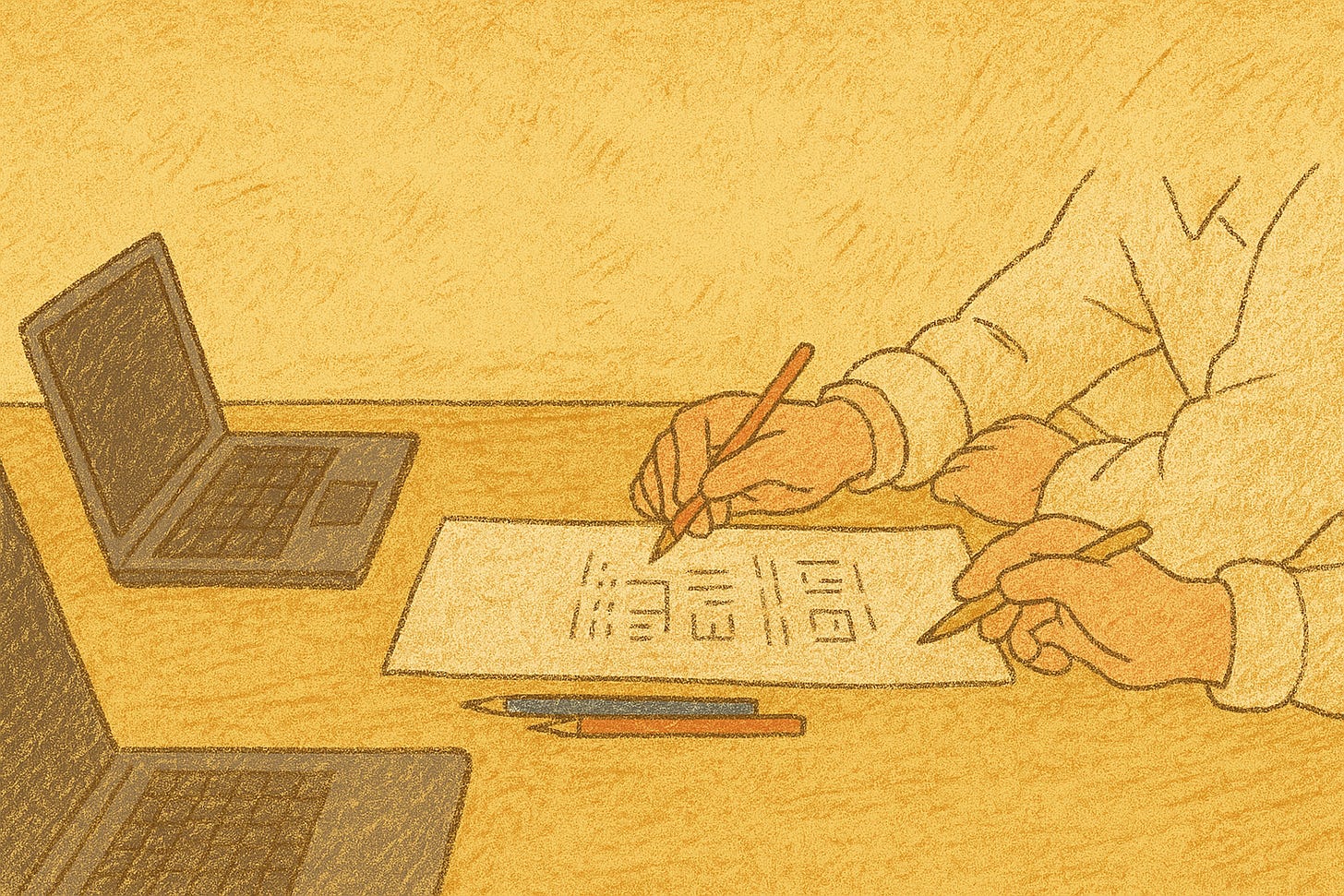Hi folks, my name is Krishna, and along with my colleagues Pranav, Kashish, Maine, Bhuvan, Vignesh, and Meher, we bring you The Daily Brief every day in your inbox. It’s been more than a year since we have been doing this, and one question that a lot of people have asked is: how do we research?
I had written a long answer to that on our Reddit forum, so I’m just pasting it here. I hope this helps :)
People keep asking us this: “How do you guys research these stories?” And honestly, there’s nothing secret about it. We don’t do anything fancy or groundbreaking. So here it is.
There are four or five of us on the team, and most of us just read. A lot. We start early around 6 a.m. and go through 40–50 different websites, articles, and reports every morning. That includes everything from The Financial Times, Business Standard, Economic Times, and Bloomberg to random research papers, government reports, and brokerage notes. We even look at journals and academic papers, the kind of stuff nobody really touches in India. This has been ingrained into all of us because of our Guru: Bhuvan.
Now, the goal isn’t to read everything. After doing this for a while, we have developed a kind of instinct for what might turn into a story. Like, if the markets fall and someone says a thousand crores “vanished,” that’s not a story. But if a company’s putting up a ₹5000 crore plant, let’s say, a semiconductor plant, now that’s interesting. You can dig into what chips are, how they work, where India stands in the global chain, and so on.
So through the morning, we keep sharing interesting stuff we find in our internal chat group, links, reports, screenshots, random PDFs, whatever catches our eye. This goes on till around 11 a.m., when we all hop on a call.
That’s when everyone pitches what they’ve found. Each of us has our own area we’ve sort of gravitated towards over time. For example, I usually end up reading more on quick commerce, hospitals, and consumer stuff. So when we’re discussing stories, we lean on each other’s areas of strength.
Then we pick what to actually pursue. The main question is: does it matter to a lot of people? Is it something that’s both impactful and interesting? And honestly, we’re a little selfish here; if it’s something we genuinely want to understand, we go for it. Now, this process has evolved over time but the core idea of learning is there since day 1.
Once a story’s locked in, the deep-dive starts. That can mean anything: reading Bloomberg pieces, going through research reports, watching management interviews, listening to earnings calls, checking investor presentations, or just doing an old-school Google search. Every story demands its own route. Sometimes you’ll find a detailed government report; sometimes you’re just piecing things together from five different opinion columns.
If it’s a big industry explainer, like on specialty chemicals, it takes even more reading. And we know we’ll still miss things, because this is a daily show. Each story has a hard time cap: we usually have to wrap the research and writing by 6 or 7 p.m. so it can go to editing. Not everything we read makes it into the final script; only the main meat does. The rest gets left out.
Editing usually takes 30–40 minutes, the story is shot, and then overnight, the video gets cut and prepped to go live the next morning.
That’s pretty much it. We’ve been doing this every single day for over a year now. And luckily, haven’t missed a single one.



You guys are doing superb work by putting hardwork and time. Kudos to you all. Keep the bells ringing.
Great to know this